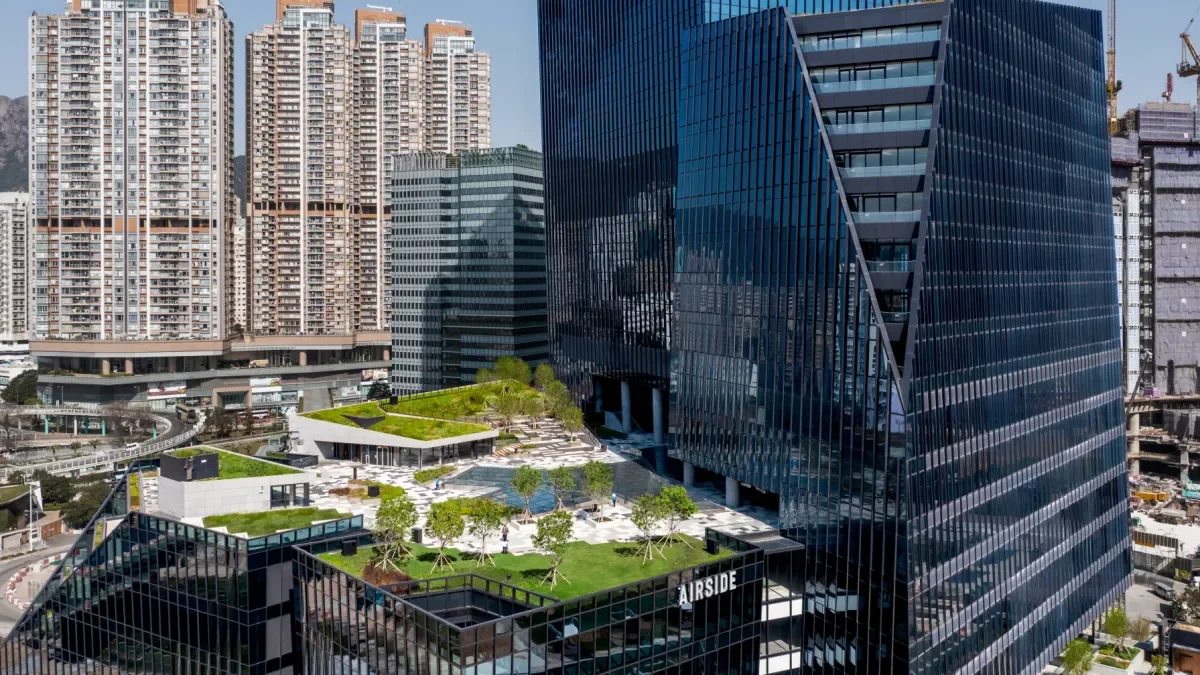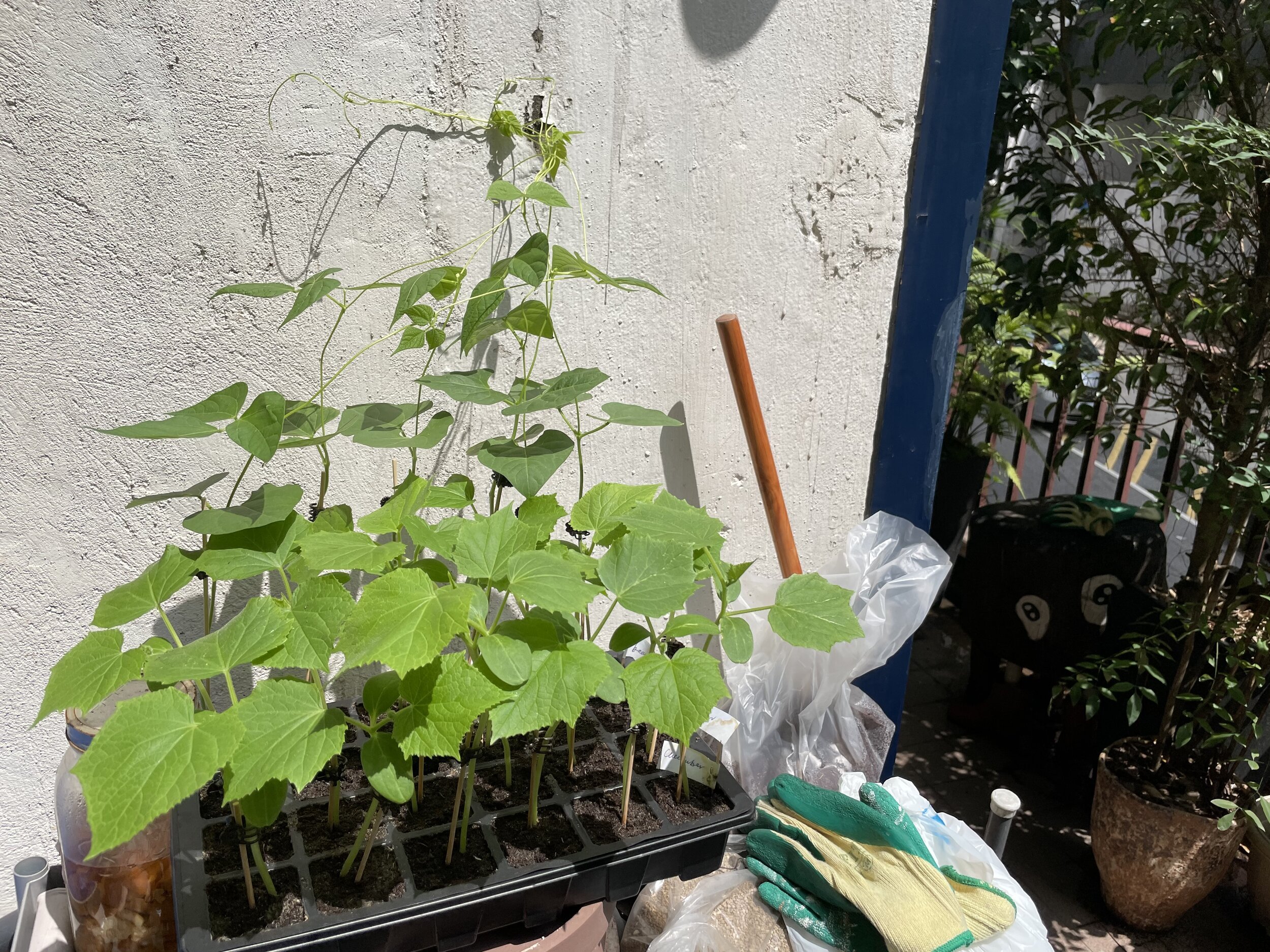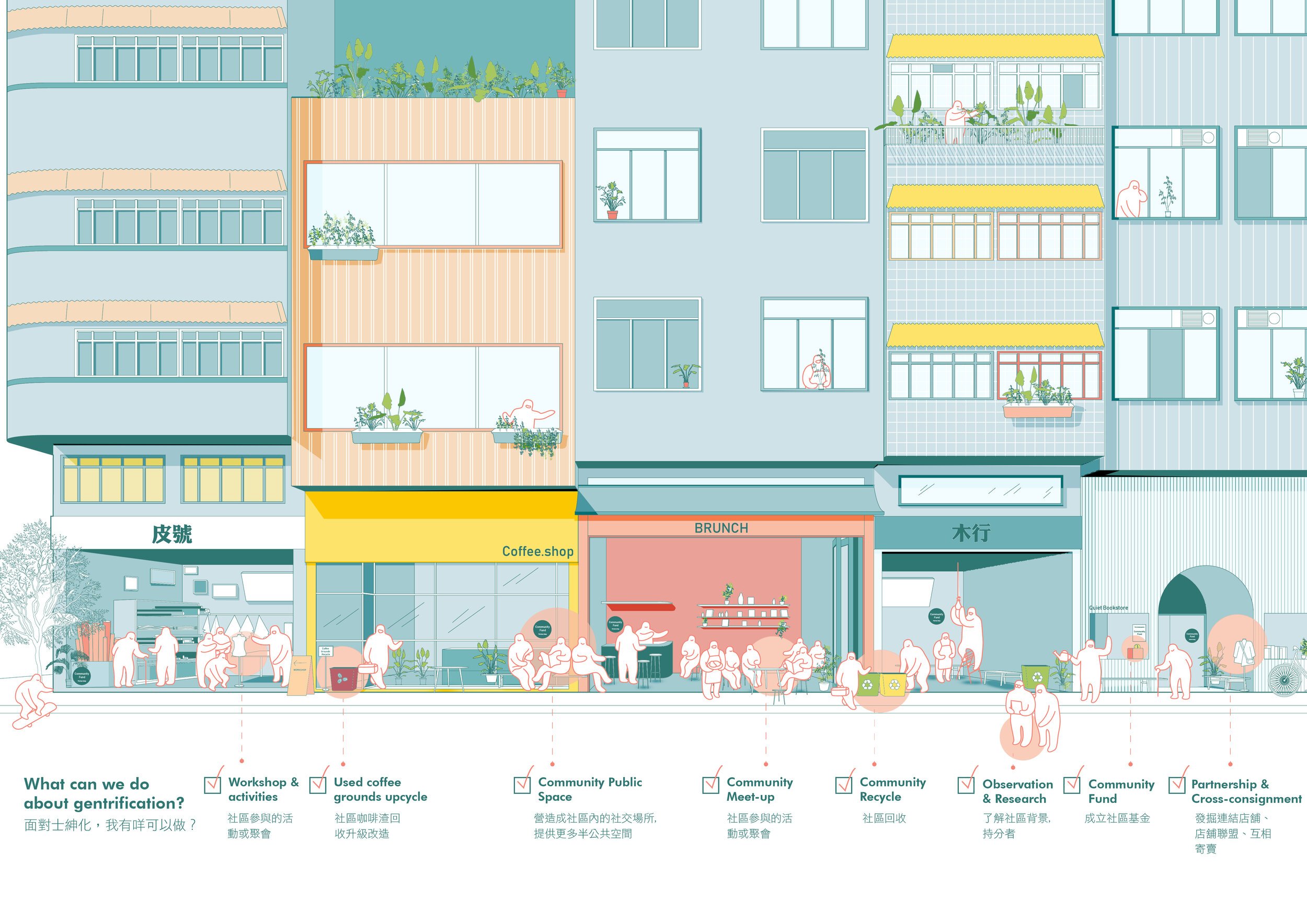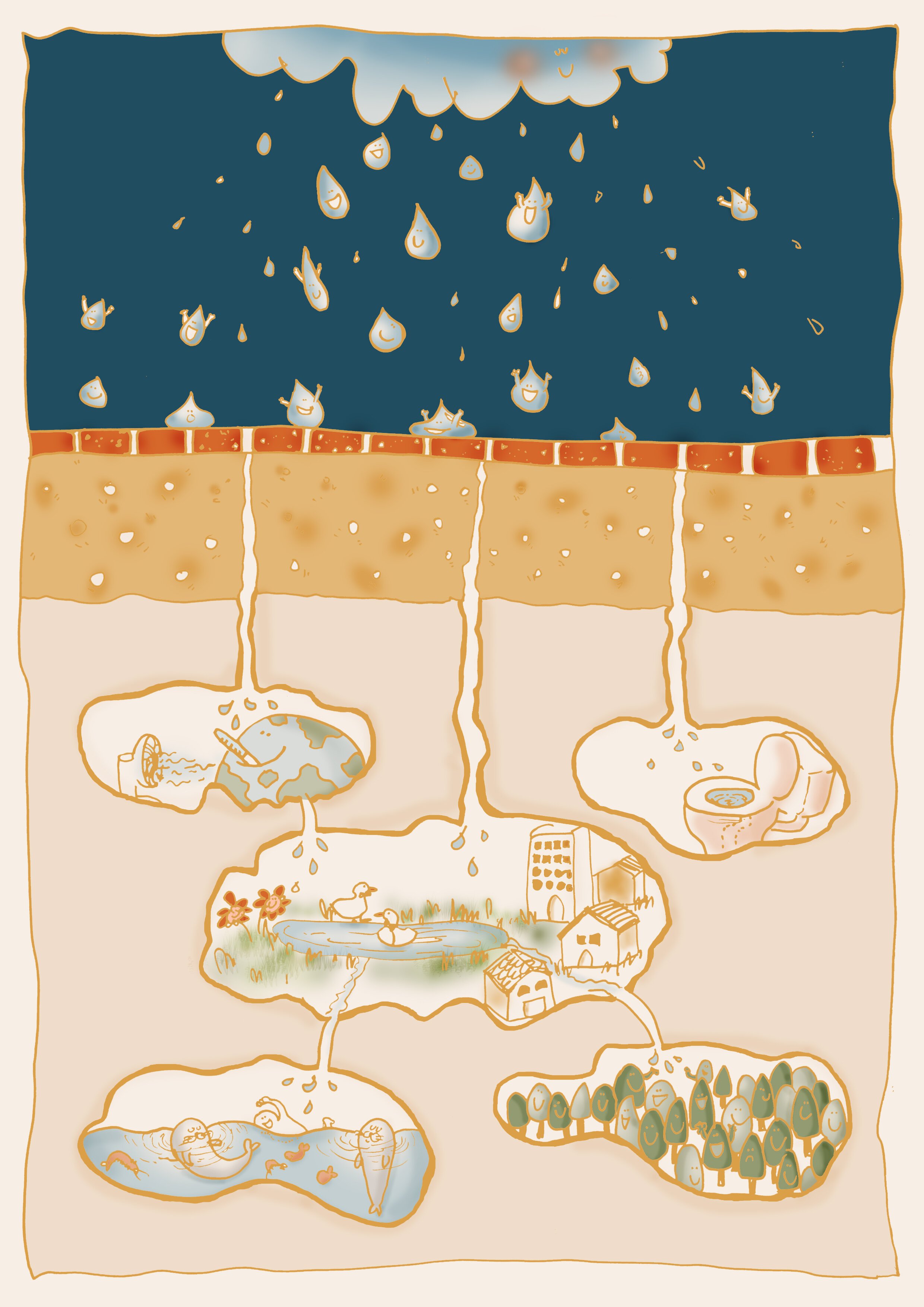人類與海洋:重整資源抑或重奪資源?|Claim and Reclaim: The separation between man and sea
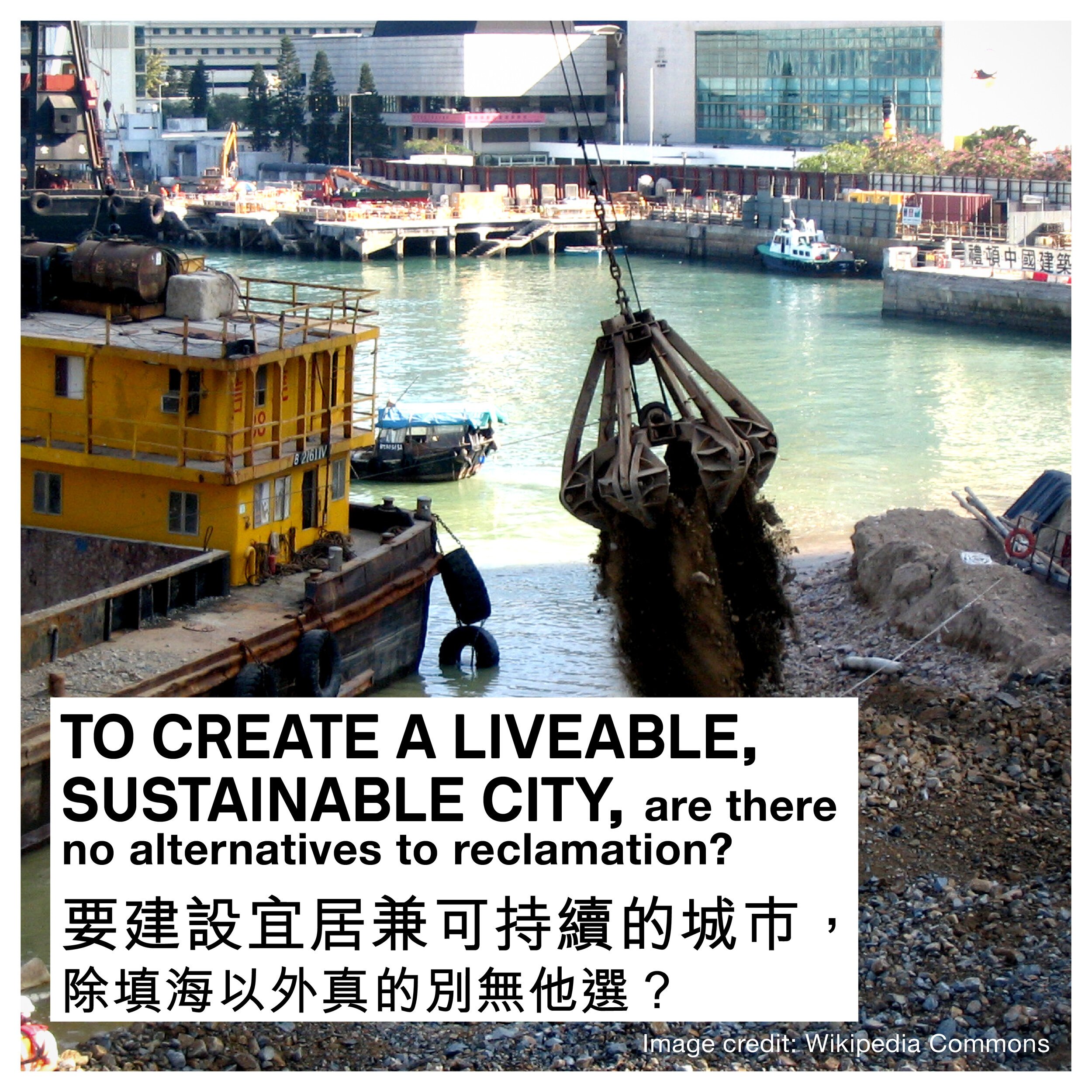
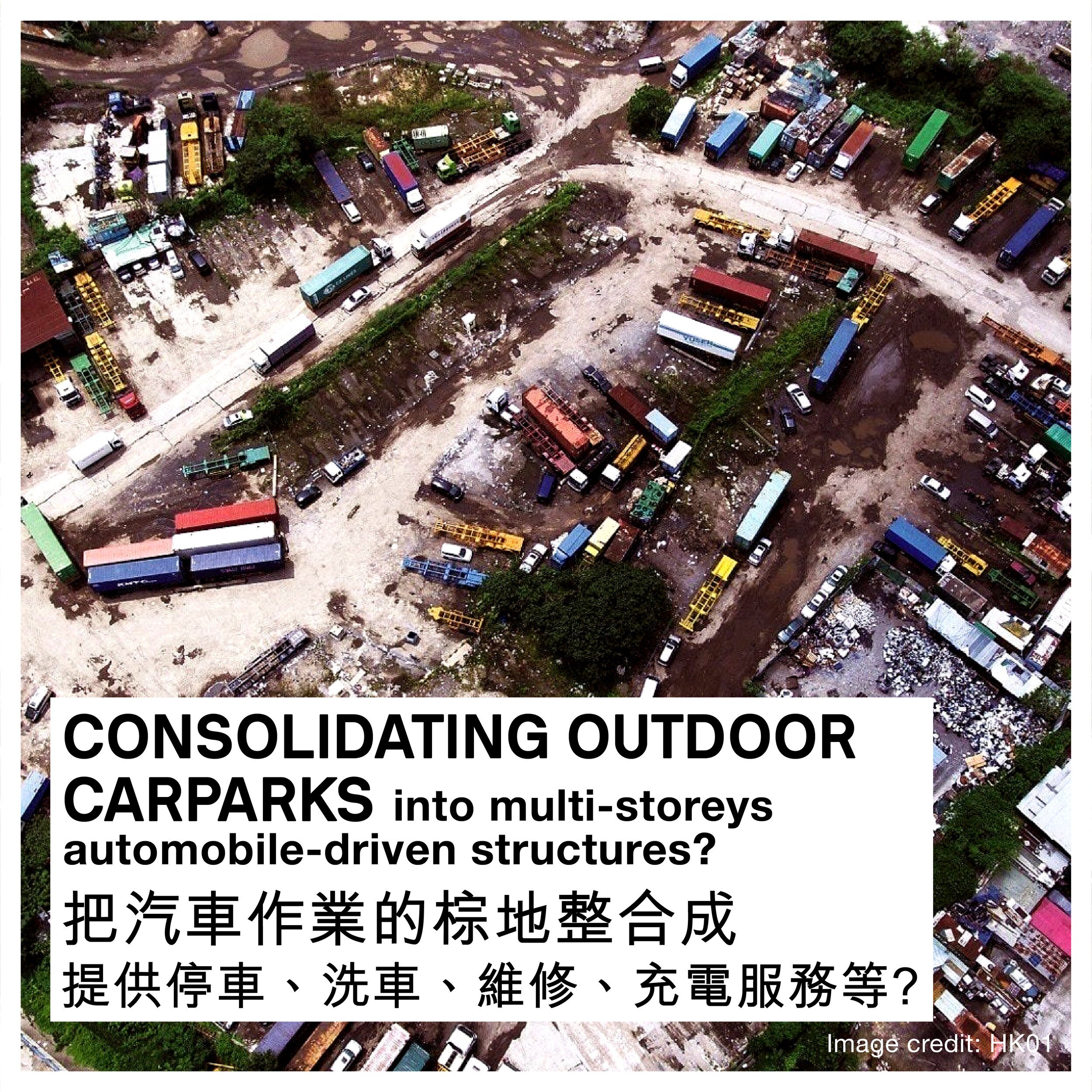
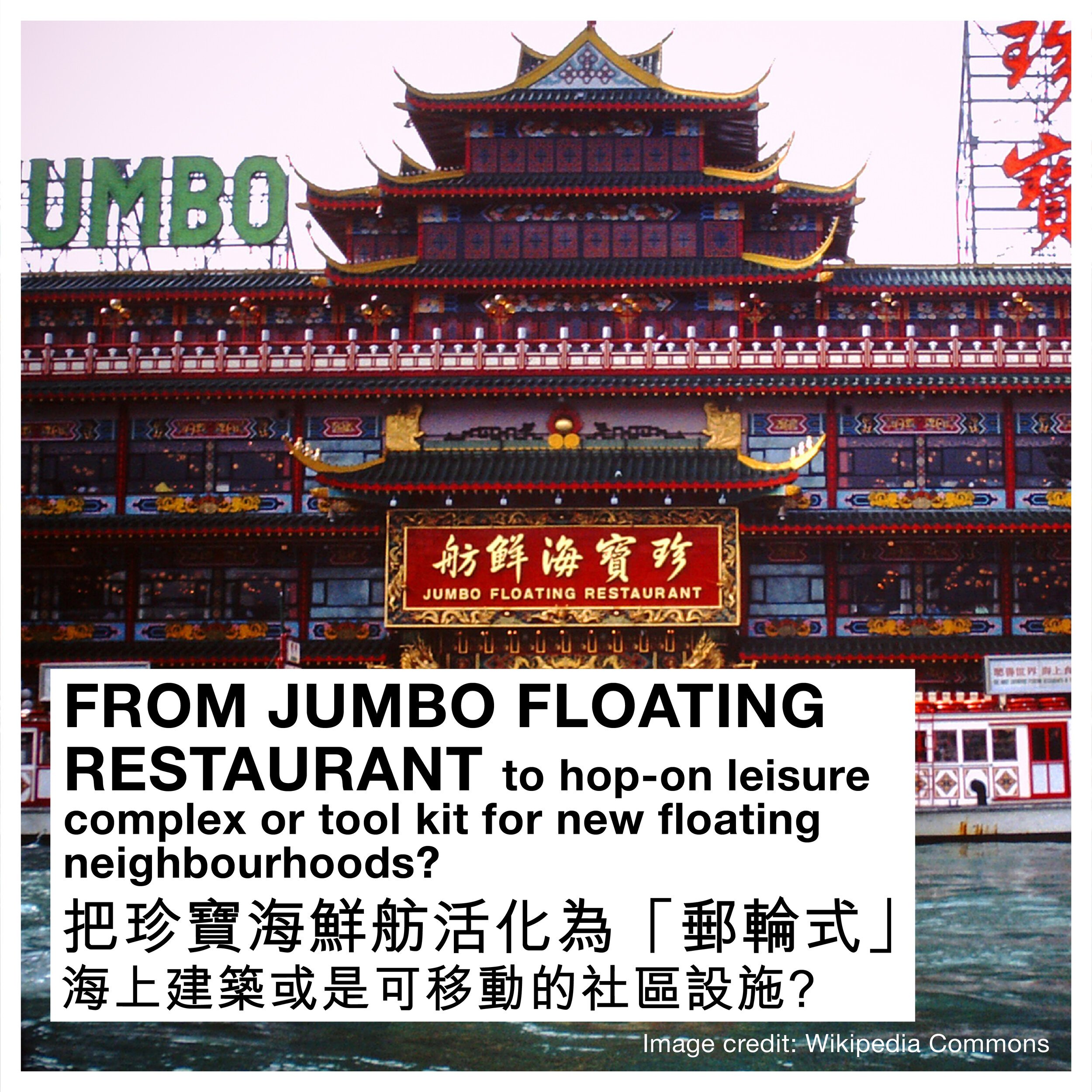
本土研究社於1月4日發佈最新研究,指香港私人物業市場在過去10年增加了8,500個面積少於260平方呎的納米住宅單位,另邊廂,輪候公屋平均需時5.6年。住屋問題向來是我城最逼切的問題,故「明日大嶼願景」計劃的目標是在「中部水域填海約1700公頃」以「建造約26萬至40萬個住宅單位」,當中「七成單位為公營房屋」。計劃首階段會聚焦交椅洲附近水域人工島,目標「2032年首批單位入伙」。不少人樂見有土地發展房屋,但大規模填海無疑會對環境造成不可逆轉的破壞。近來「吉人吉事」分享過不少外國案例,證明除填海以外還可發掘海洋空間的可能性。要建設宜居兼可持續的城巿,我們真的別無他選?
首先,明日大嶼的目標和可能性是甚麼?
明日大嶼計劃之大,對環境以至政府庫房也帶來不少影響,換來反對聲音是意料中事。本地研究多次指出新界棕地(新界遭平整的農耕土地,用作工業、貯物、物流及泊車用途)總面積持續增加,最新的數字為多達1500公頃,故應重新規劃棕地用途及重置現有棕地作業。不少棕地並非荒廢,但由於缺乏規劃、設備及投資,棕地上的作業往往效率低。在土地供應緊絀的香港,這種空間浪費可謂罪大惡極。那麼,我們可以如何透過「吉想」,開啟新的土地討論?我們提出兩步的建議,同時邀請你告訴我們你的想法!
第一步:善用未盡其用的土地資源
棕地總面積與明日大嶼供地面積相若,但直接把明日大嶼原本的使命全部交託給棕地解決,也是不切實際的。不過我們仍可從小改變開始,騰出更多棕地作更好的發展。例如可考慮把現時用作停車場、修車場等汽車作業的棕地整合,再建多層建築物容納,不止多層停車場,還可以在同一座建築物提供停車、洗車、維修、充電服務等。同一道理,用作貯物的棕地亦可用多層貨倉整合,加入自動提取系統的話,還可以解決住宅單位狹窄的問題。
政策方面,對於違法違契使用棕地的情況,政府該更強硬執法,加快騰出更多棕地,以滿足社會其他更逼切的需求。而在棕地外,這些建議還可套用在政府及發展商的閒置土地,並考慮把已荒廢的學校或社區設施活化,安置棕地上現有的作業,將可有更多可用棕地作長遠規劃發展。如果明日大嶼的目標是創造新社區,我們何不從現有社區入手?這樣既可善用閒置資源,還可為具獨特歷史和個性的舊區注入新活力。
第二步:填海以外的選項
雖說是第二步,但它應該與第一步同時進行,不過需時更長——關於以海洋空間解決土地問題,若我們最終的目的是使用海面之上的空間,那麼,填走海底的空間、令人類腳下沒有生物可以繼續存在,是否必要呢?當然,我們無法在無地基的地方興建摩天大廈,但這並不阻礙我們探索其他可能性,例如公園、體育館、社區中心、學校、工作共享空間等社區建築,一般高度並不算高,把它們移至海上,甚至有不少好處:在發展社區的過程中,房屋與設施因為固定在地面之上,全面而細緻的規劃、佈局往往是成功關鍵,同時也最花人力、資源和時間。不過,若社區建在海面之上,因為一切都是浮動可移,土地的掣肘就不再是規劃的煩惱﹗就如在手機界面上浮動的各種Apps,我們可以隨時因應需要而調動,彈性更大。
除了社區設施,外國不少大城巿已開始發展海邊浮屋,誰不想在全球最繁忙的大都巿擁有一個海邊樓房、無敵海景?在海邊發展優越但可負擔的浮屋聚落,可在擠迫的城巿騰出更多住宅土地。
去年結業、再交到海洋公園手上「活化」的珍寶海鮮舫,該是引發不少吉人想像的一個實例。把它保留為一件「文物」當然比拆掉好,但活化還可以有更多更好的方法:例如改為集商店、休閒設施和遊樂場於一身、讓大人細路可隨時上船落船的「郵輪式」海上建築;又或是承載著可移動的社區設施,在港九新界的新社區提供支援,這些都讓人更期待珍寶海鮮舫的第二生命﹗
重整,而不是重奪
當然,這些想法不可能代替明日大嶼宏大的目標、無法一次過解決香港累積已久的土地問題。然而,「吉人吉事」相信設計並不止於一幢建築或一幅土地,而是有系統地反思規劃如何做得更好。踏入21世紀的第21個年頭,我們以往無法想像一場疫症,會令生活大規模移至靈活流動的虛擬世界,但或許它帶來的改變,啟發我們如何更好地適應環境的變幻莫測。
人類與海洋,總不應該是二元對立的。香港因為得天獨厚的海港而耀眼,單是這點,就足以讓我們負起保護它的使命。今天,我們未必有一個完美的解決方案,那就讓我們在一年之始,開啟新的討論,使這個城巿在建設未來時,保持靈活的思考。宜居不止是一個夢想,可持續不止是一句口號。親愛的吉人們,是時候爆發創造力了﹗
相片來源:網上圖片
地點 : 香港
Claim and Reclaim: The separation between man and sea
A research published by Liber Research Community on 4 Jan revealed that over 8,500 micro-flats were put into the private property market last decade, while the average waiting time for public housing is 5.6 years. Our constant housing scarcity might have provided a perfect grounding in the passing of the feasibility study funding of Lantau Tomorrow Vision, a plan to reclaim an area of circa 1,000 hectares in eastern Lantau adjacent to Kau Yi Chau. This first stage, the plan claims, can provide residency by 2032, contributing to the ultimate goal of delivering 260,000 to 400,000 housing units - 70% being public housing, seemingly a fairy-tale for citizens craving for a comfortable home.
Flipping the coin, reclaiming 1,700 hectares of our sea will cause irreversible environmental impacts on our maritime space. According to our case studies throughout the last few weeks, many countries have abandoned the notion of reclamation as an answer to their expansion needs. With the universal goal of creating a liveable, sustainable city, are we running out of alternatives?
First things first, What are the objectives and potential?
With the apparent possibilities of hollowing our environment and government reserves, the wave of objections comes as no surprise. Organisations join hands to condemn the government’s prioritising reclamation over utilising existing and available land resources. Many local researchers favour proper planning and re-allocation of current brownfield plots (suburban non-agricultural lands currently occupied by car parks, container yards, storage, recycling businesses among others). The lack of planning, infrastructure and investment hints at its inefficiency. In a city struggling with space, such underuse - which is reported to span about 1,500 hectares, is inexcusable.
So how can we use our GUTS:THOUGHT to generate better ideas? Here’s a 2-step proposal for discussion.
STEP 1: Reconfigure current resources
While it is unrealistic to imagine that all brownfield plots can be allocated for purposes served in the Lantau Tomorrow Vision without considering their existing functions, partial and gradual measures can help spare plots for better utilised developments. For instance, upgrading car park facilities can be done by introducing automobile-driven structures for parking, cleaning, repairing, or even charging automobiles given the growing popularity of electric cars. Likewise, single-storey barebone storage facilities can be consolidated into storage complexes or even automated self-service facilities to tackle the severe shortage of storage space in residential flats.
From a policy standpoint, the government must strictly eradicate illegal occupation of plots unfit for assigned land use. It is a straightforward move to clear and reassign plots for better functions. These moves are also applicable to currently idle land slots held by the government or developers. Reconfiguration can help us vacate the land for more systematic and long-term planning.
STEP 2: Options besides filling up the seabed
This step can be done in conjunction with the first but requires a longer implementation cycle: shift our focus back to the sea. Why sacrifice the whole water body when we just need its surface?
Current technologies may not allow skyscrapers to erect and float on water. But we can still explore leisure, recreational programmes to migrate to floating platforms, such as parks, sports halls, community centres or even schools or co-working spaces.
These essential social infrastructures have traditionally been low-density, building them afloat will bring many benefits. First and foremost: it provides agility. For a neighbourhood to form and thrive, proper planning often holds its key to success. Replanning a neighbourhood can be a resource-draining manoeuvre when everything is set in concrete. This constraint, however, does not apply to floating structures as the water underneath provides the perfect platform for agile manoeuvring. Like the apps on your mobile phone screen, floating structures can be flexibly reconfigured - something that traditional planning fails at.
We should also look into developing floating waterfront properties. After all, who doesn’t fancy a waterfront home in a bustling coastal city? These flats with superb sea views can be arranged in a fractal layout to drastically increase the number of these desirable flats, freeing up even more lands in other areas for higher density residences.
This may stimulate your imagination: Jumbo Floating Restaurant. While the floating restaurant closed the curtain after 40 years, the icon is set to be donated to Ocean Park for art and cultural purposes. Turning it into a passive artefact for future generations to worship might be a step above demolishing it. However, there are better ways of utilisation. Perhaps a hop-on shopping and leisure complex with cinemas and a playground? Can it serve as a tool kit for new floating neighbourhoods?
Reconfigure and Repurpose, not Reclaim
These ideas may not serve all the purposes intended for Lantau Tomorrow Vision. But at GUTS, we believe that design is not reduced to a single building or plot; it requires a systematic rethinking of better planning. In 2021, mobility and virtuality have never been more dominant in everyday life, and we can learn a lot from our online life. Like a matrix in which programs and platforms can freely reconfigure themselves for optimal performance, the virtual platform reflects that our physical world must catch up with the ever-changing dynamics around us. When the built environment is one of the slowest reacting aspects of our tangible lifestyle, reconfiguration and repurposing will lead the way.
Man and the sea should not be mutually exclusive. Hong Kong was cherished as a pearl because of its proximity to water, this natural gem deserves our protection. There may not be a perfect solution today, but that should not excuse us from discussing how our city can stay agile in building the future. Liveability is not a dream; sustainability is more than a slogan. It’s time to unleash your creativity, GUTS:MANs!
Photo Source: Internet
Location: Hong Kong
你可能對以下吉人吉事有興趣:
You may also be interested in these GUTS Stories:


